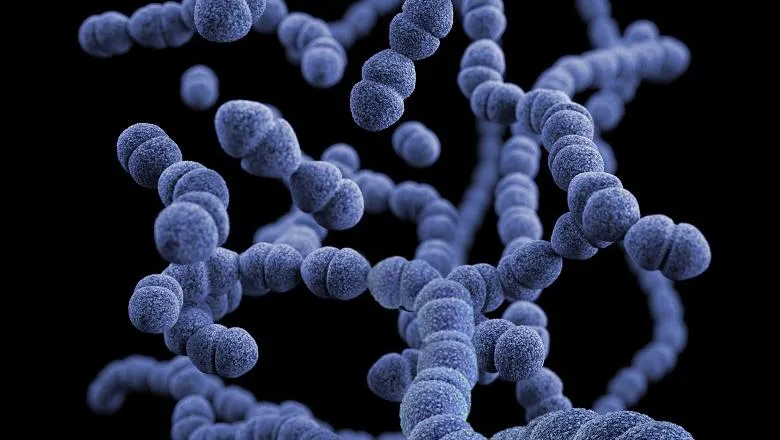It is exciting to follow the resulting trajectories on the screen and monitor at the atomistic level how the peptide molecules interact and destroy the bacterial membrane. This detailed view is inaccessible to current experiments and shows the unique value of simulations as a molecular microscope.
25 February 2020
King's scientists help develop artificial 'virus' to combat superbugs
Scientists develop synthetic antibiotic, specifically designed to fight resistant bacterial infections.

An April 2019 report from the United Nations highlighted the consequences of uncontrolled Antimicrobial Resistance, potentially leading up to 10 million deaths each year by 2050. Estimates report that 700,000 deaths per year are due to drug-resistant diseases, with more and more common diseases becoming untreatable.
Traditional antibiotics act by binding themselves to individual intracellular targets in bacterial cells. However, as a single genetic event or change is enough for bacteria to become resistant, bacteria can consequently develop into ‘superbugs’ which are resistant to current antibiotic treatment.
To counter this, a team of King's scientists have taken up the challenge and explored the antimicrobial effect of synthetic nanocapsules (carriers for enzyme biocatalysts and drugs).
Unravelling antibacterial mechanisms at the molecular level requires a multidisciplinary effort that combines experimental and computational approaches. Irene Marzuoli, a CANES CDT PhD student, and Professor Franca Fraternali from the Randall Centre for Cellular and Molecular Biophysics together with Dr Chris Lorenz from the Department of Physics undertook the task of simulating assemblies of nanocapsules of antimicrobial peptides.
Nanocapsules were placed in an aqueous environment near a membrane (mammalian or microbial) to study the molecular mechanisms leading to antimicrobial effects. These systems are composed of millions of atoms, with their simulations requiring months to years of computer time – leading to a joining-up of resources on King’s-based and National High Performance Computing (HPC) platforms.
That effort paid off: the team’s research clarified how these peptides function, and the simulations demonstrated that antimicrobial peptides have to form a bilayer nanocapsule to be stable in solution and to attach to bacterial membranes.
Irene and Franca commented:
King’s scientists worked as part of an interdisciplinary research team with the National Physical Laboratory, the University of Cambridge, University of Exeter and UCL to develop the antibacterial mechanism.
The research team engineered a structure to serve as a synthetic antibiotic that can tackle a bacterial cell as a whole, rather than as an individual intracellular target, demonstrating the potential to kill growing, persistent and even dormant cells – something currently impossible for conventional antibiotics.
The research findings have been profiled in The Times and The Daily Mail.
Read the full research paper on the ACS Publications website.


